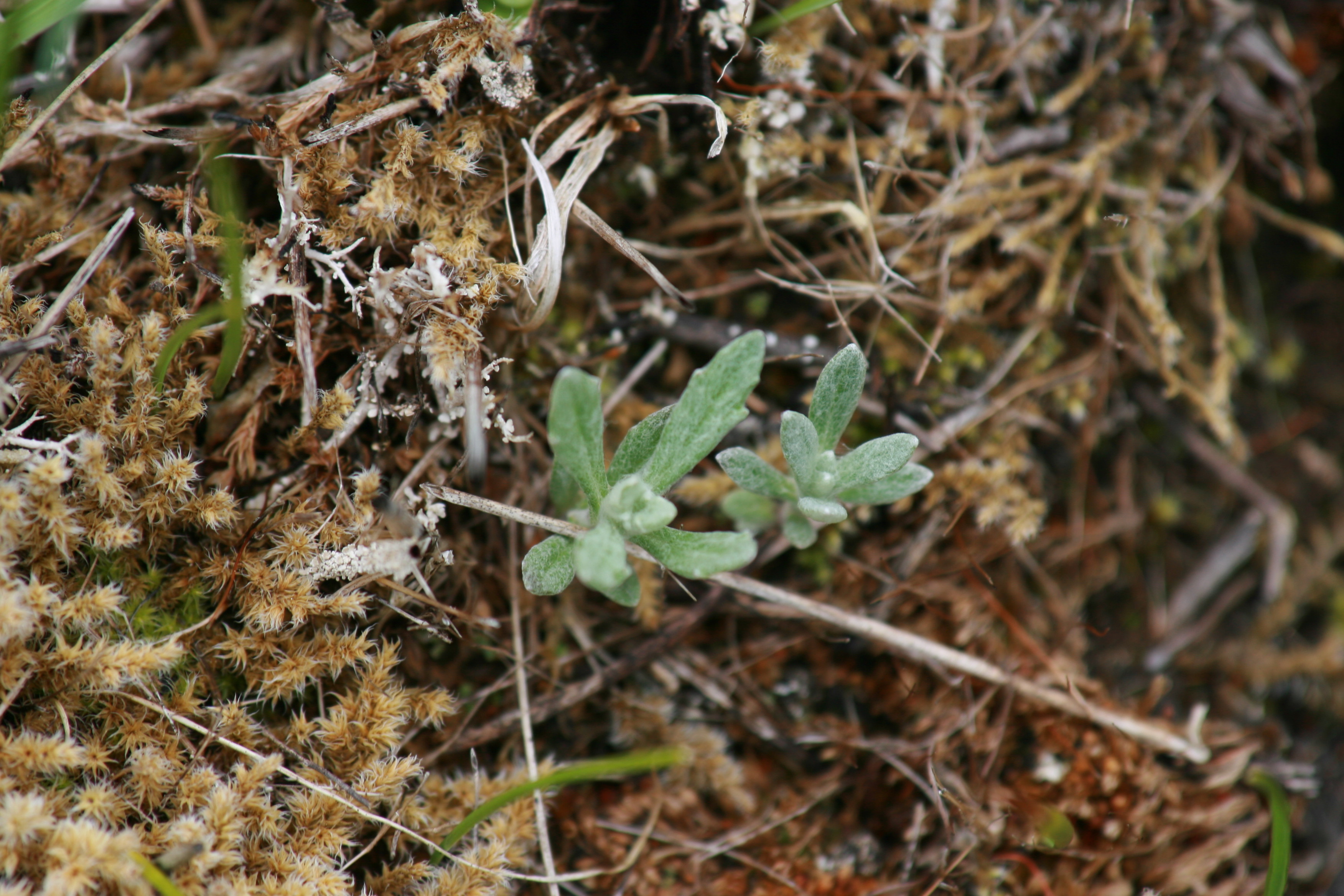Difference between revisions of "Eriophyllum lanatum"
(→Taxonomy) |
(→Propagation) |
||
| Line 28: | Line 28: | ||
==Propagation== | ==Propagation== | ||
| + | May be collected as: Seeds. Collect whole fruiting heads when fruit is completely ripe from mid-summer to early fall. | ||
| + | Collection restrictions or guidelines: None: common and unlisted | ||
| + | Seed germination: Good germination after cold storage and fall planting in cold frames | ||
| + | Seed life: Many years when well stored | ||
| + | Recommended seed storage conditions: Dry down to 5-8% moisture. Store cold at 0-2°C. | ||
| + | Propagation recommendations: Good germination from seed. | ||
| + | Soil or medium requirements: Recommendation 1:1:1:2 sand:pumice:peat moss:fir bark | ||
| + | Installation form: Direct seeding into site may reduce seedling dormancy or loss. | ||
| + | Recommended planting density: Dense and patchy | ||
| + | Care requirements after installed: Good drought tolerance, no after care with appropriate planting time. | ||
| + | Normal rate of growth or spread; lifespan: Rapidly occupies a restoration site. Long-lived. | ||
| + | |||
==Photo Gallery== | ==Photo Gallery== | ||
[[File:ERLA CNLMvol sdl 2007.jpg]] | [[File:ERLA CNLMvol sdl 2007.jpg]] | ||
==References== | ==References== | ||
Revision as of 11:09, 7 May 2012
Contents
Taxonomy
Scientific name Eriophyllum lanatum Common name Wooly Sunflower Family Asteraceae Species code ERLA
Description
Lifespan Perennial
General: Perennial, white-woolly throughout, 1-6 dm. tall, usually several-stemmed from the base.
Leaves: Leaves variable, 1-8 cm. long, entire to pinnatifid or ternate.
Flowers: Heads solitary on long peduncles; involucre 6-12 mm. high, the bracts broad, erect and keeled; rays 8-13, yellow, 5-20 mm. long; disk flowers yellow; pappus a toothed crown, or a few chaffy scales.
Fruit: Achenes slender, 4-angled.
Bloom Period
Distribution
Common on both sides of the Cascades from British Columbia to California, east to Utah
Habitat
- Dry, open, often rocky areas at low to mid-elevations
Uses
Use Wildlife: Butterflies - attracts orange sulfur red admiral comma and skipper butterflies
Propagation
May be collected as: Seeds. Collect whole fruiting heads when fruit is completely ripe from mid-summer to early fall. Collection restrictions or guidelines: None: common and unlisted Seed germination: Good germination after cold storage and fall planting in cold frames Seed life: Many years when well stored Recommended seed storage conditions: Dry down to 5-8% moisture. Store cold at 0-2°C. Propagation recommendations: Good germination from seed. Soil or medium requirements: Recommendation 1:1:1:2 sand:pumice:peat moss:fir bark Installation form: Direct seeding into site may reduce seedling dormancy or loss. Recommended planting density: Dense and patchy Care requirements after installed: Good drought tolerance, no after care with appropriate planting time. Normal rate of growth or spread; lifespan: Rapidly occupies a restoration site. Long-lived.

